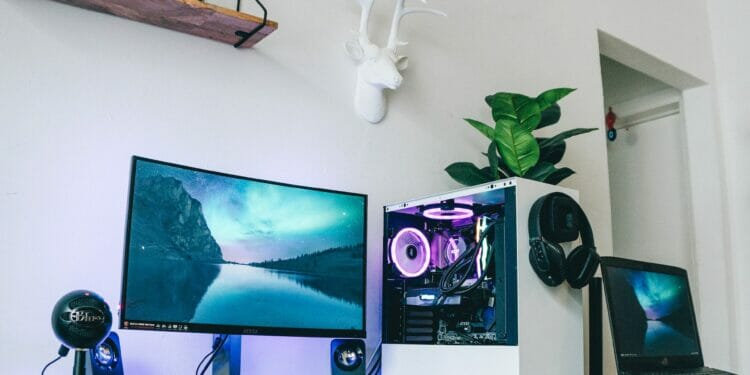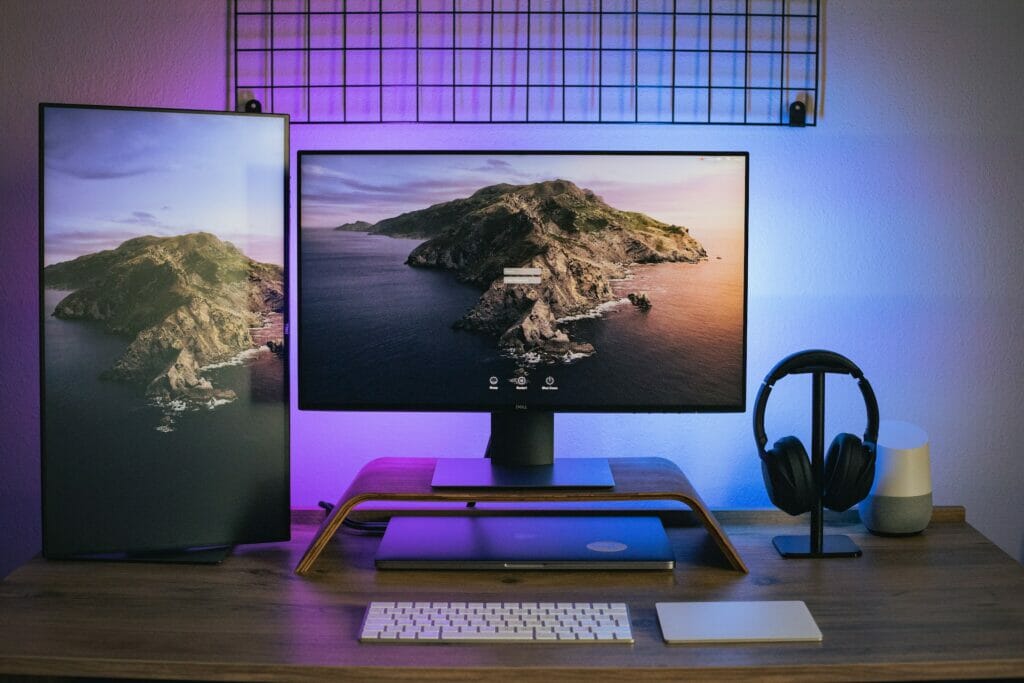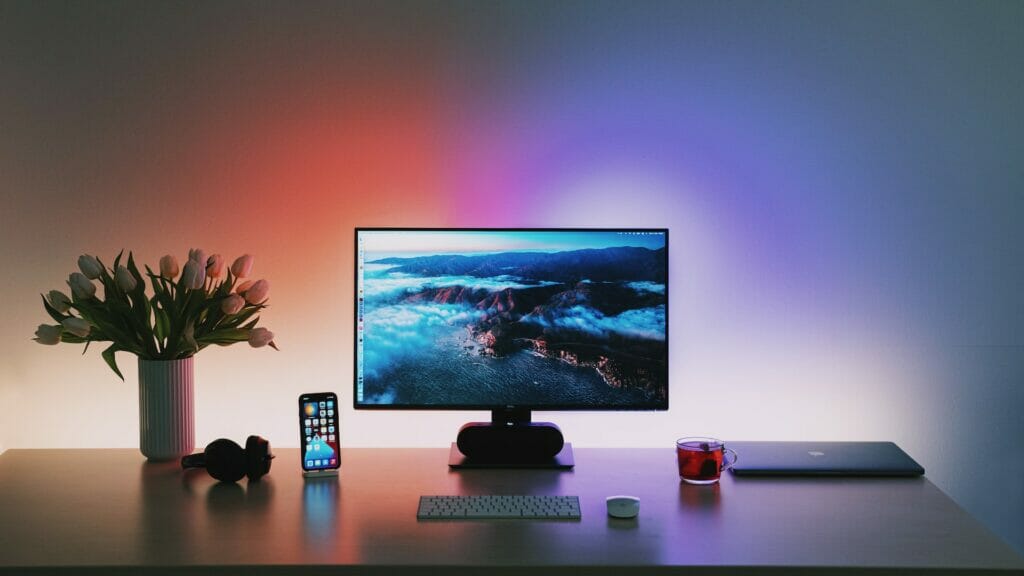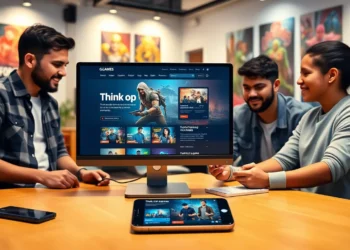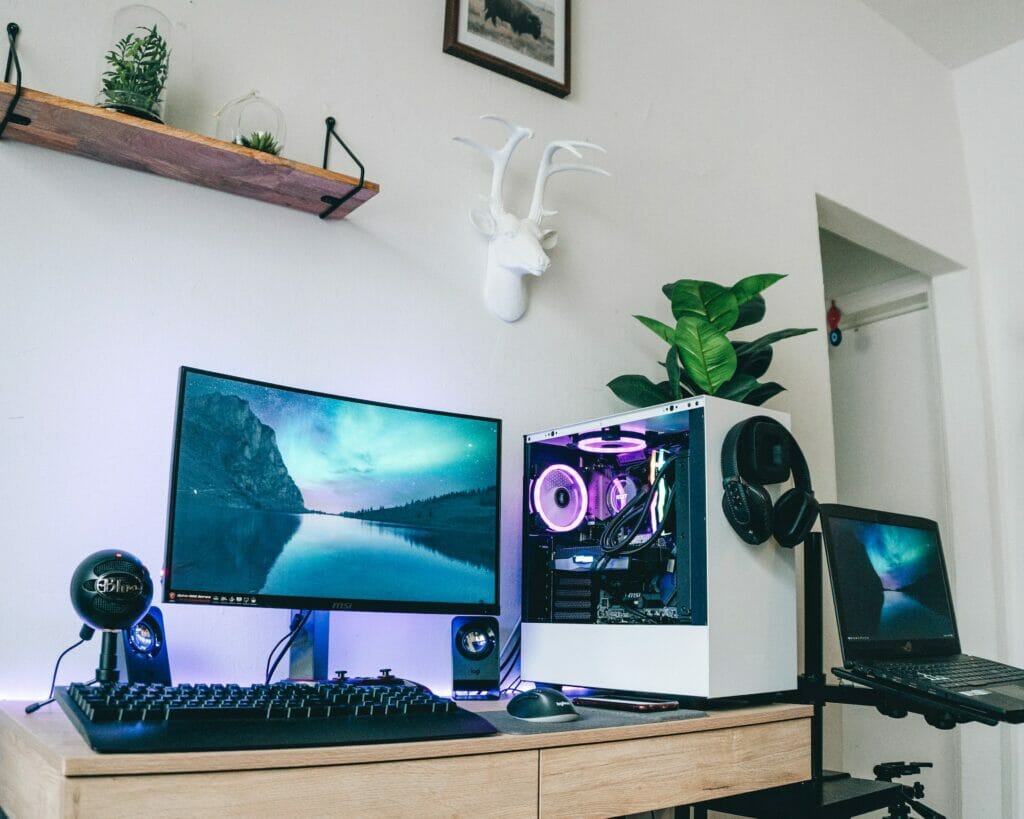
A gaming monitor is a type of computer monitor designed for use with computers that require high performance graphics. Gaming monitors are typically higher in price than standard monitors, but they offer features that standard monitors do not.
What to Look for in a Gaming Monitor
When shopping for a gaming monitor, there are several factors you’ll want to keep in mind. These include:
– Resolution: The resolution of a monitor is the number of pixels it can display. The higher the resolution, the more detail you’ll be able to see in games. Gaming monitors typically have resolutions of 1920×1080 or higher.
– Refresh rate: The refresh rate is the number of times per second that a monitor can redraw the image on its screen. A higher refresh rate means that you’ll see less “screen tearing” in games, and images will appear smoother. Gaming monitors typically have refresh rates of 144Hz or higher.
– Input lag: Input lag is the amount of time it takes for your computer’s graphics card to send a signal to the monitor. A lower input lag means that you’ll see images on the screen faster, which can be important in fast-paced games.
– Display size: The size of the monitor’s display will impact how immersive your gaming experience is. Larger monitors can be more expensive, but they can also provide a more immersive experience.
Choosing the right gaming monitor for your needs will depend on a variety of factors. However, paying attention to resolution, refresh rate, input lag, and display size will help you narrow down your options and find the best monitor for your gaming setup.
Recommendations For Specific Games and Gamers
Some games are more demanding than others when it comes to graphics performance. If you’re a competitive gamer who wants to get the most out of your games, you’ll want to look for a monitor with high resolution, a high refresh rate, and low input lag.
First-person shooters: For fast-paced action games like first-person shooters, you’ll want a monitor with a high refresh rate. A 144Hz or higher refresh rate will help you see enemies before they appear on your screen, giving you a competitive advantage.
MMOs and strategy games: If you’re playing MMOs or strategy games that require precise movements, low input lag is essential. You’ll also want a monitor with a high resolution so you can see all the details of the game world.
Console gaming: If you’re primarily a console gamer, you may not need a gaming monitor. Console games are typically designed to run at lower resolutions and frame rates, so a standard monitor will be just fine. However, if you want the best possible gaming experience, you’ll want a monitor with a high resolution and a high refresh rate.
How to Put it All Together and Choose the Right Gaming Monitors For You
Now that you know what to look for in a gaming monitor, it’s time to put it all together and choose the right one for your needs. Here are a few things to keep in mind:
– Make sure your graphics card can support the resolution and frame rate of the monitor you’re considering.
– Consider your budget and how much you’re willing to spend on a gaming monitor.
– Decide which features are most important to you and prioritize those when making your decision.
– Read evaluations from other gamers to get their opinions on the monitors you’re considering.
Tags
taos itcouncil wall streetjournal
ibm taos wall streetjournal
lapsus march tmobilekrebs krebssecurity


